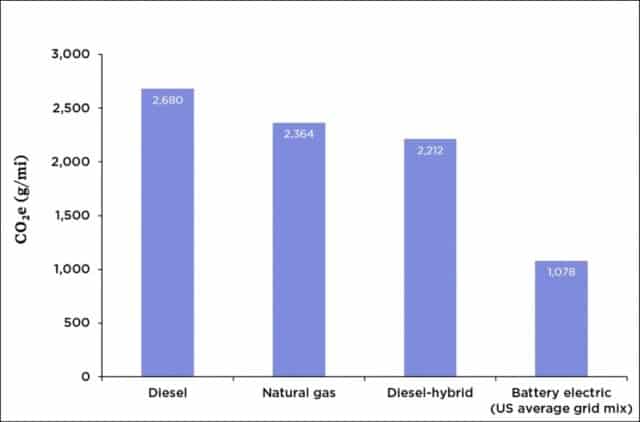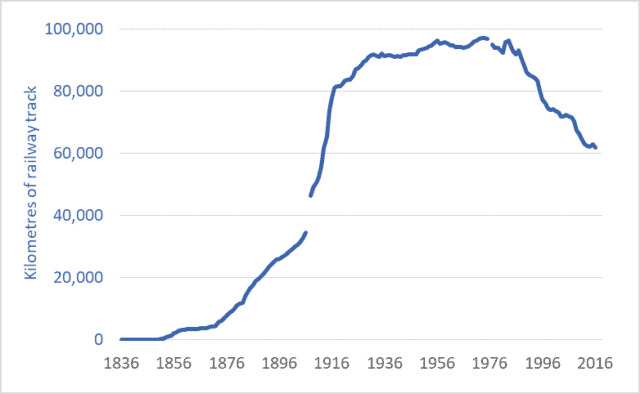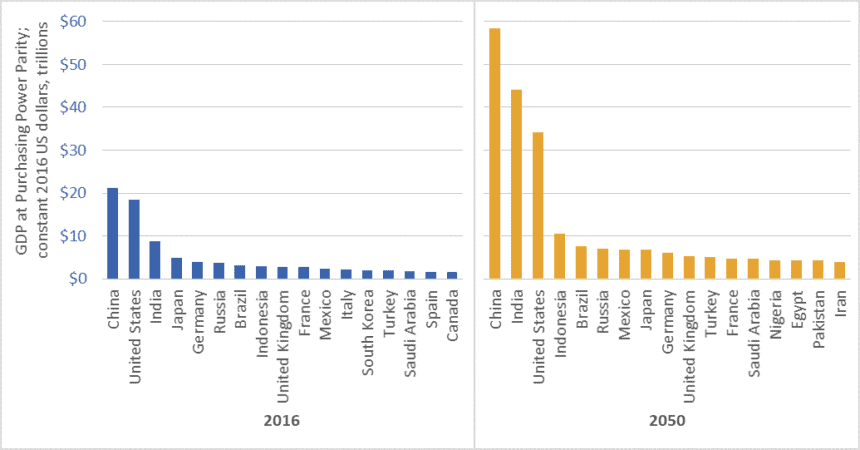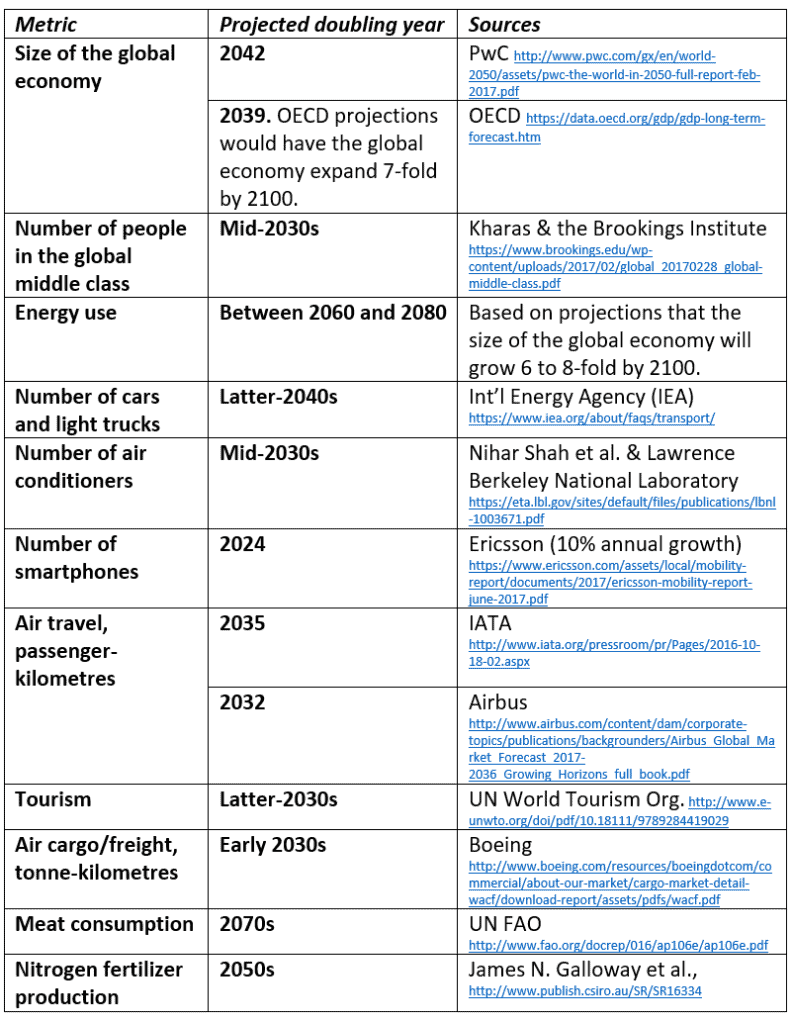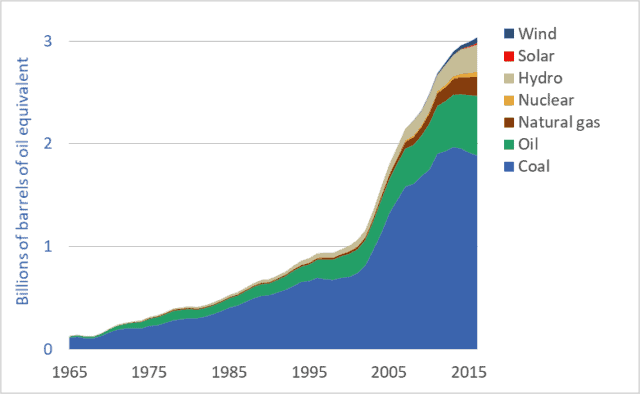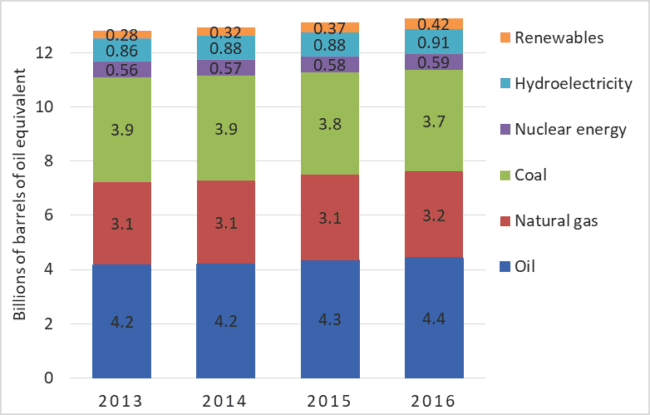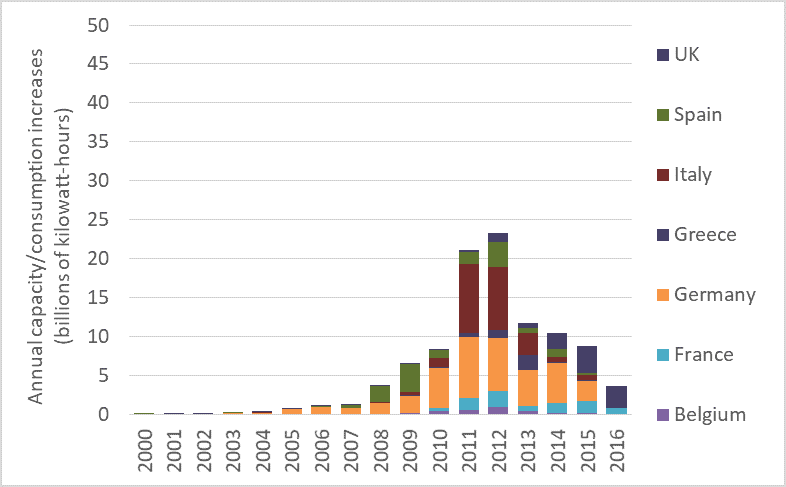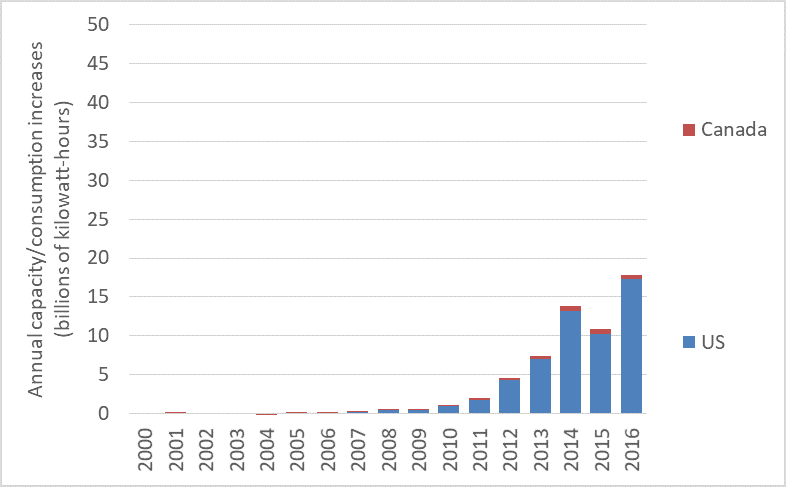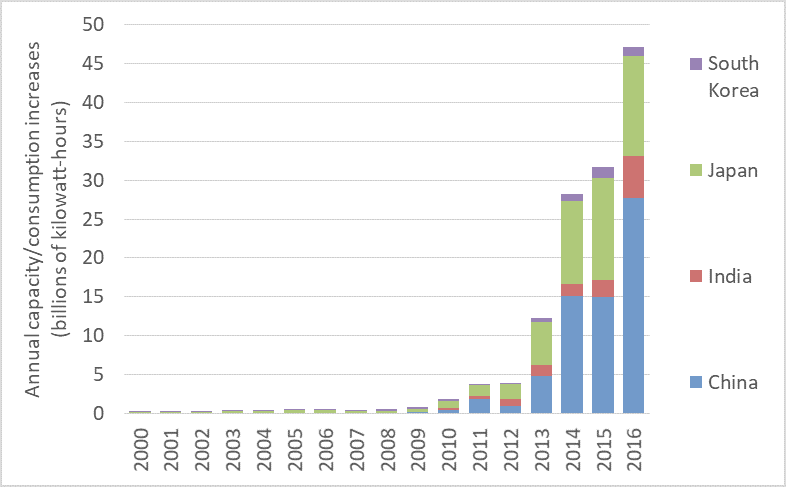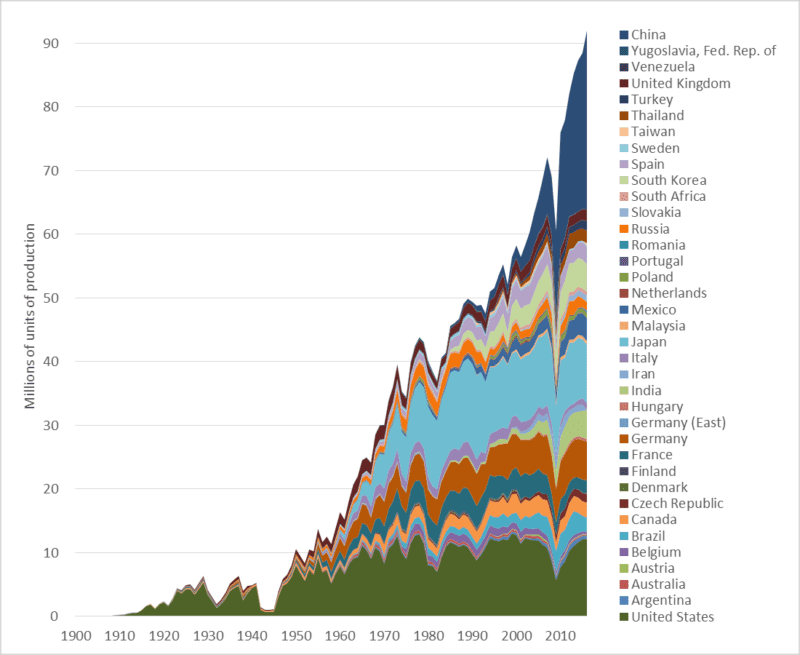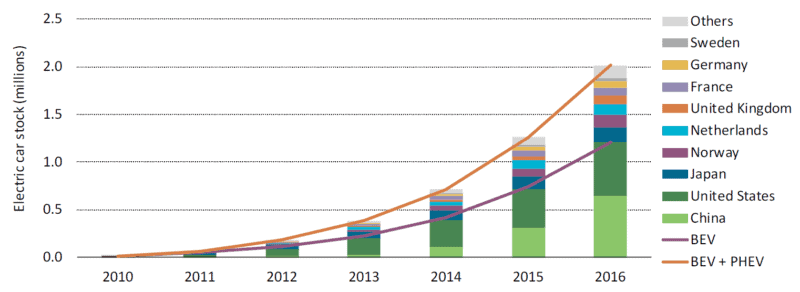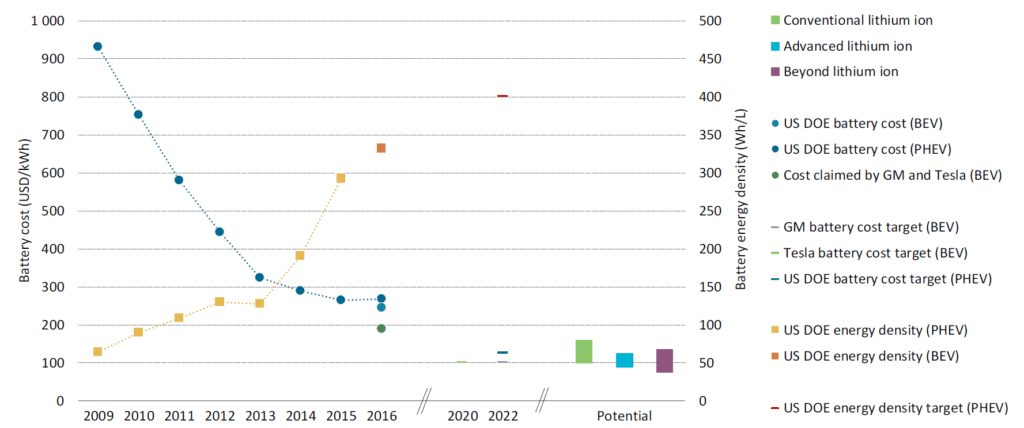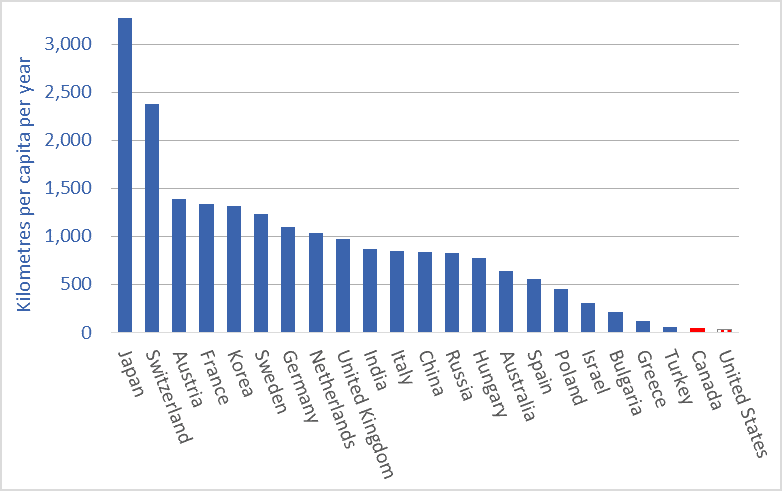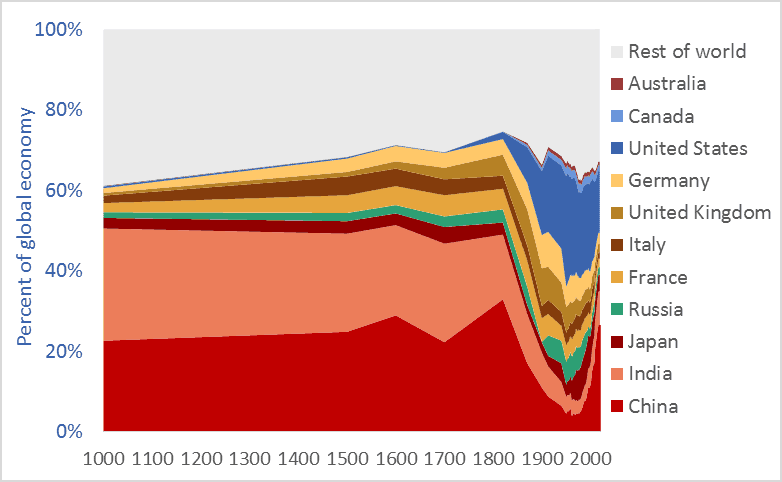Most North Americans have never seen an electric bus. Admittedly, momentum is building—some jurisdictions, notably California, have committed to buying only electric transit buses after 2029. But such buses remain rare in Canada and the United States. A 2018 report found that just 0.2% of US buses (two in a thousand) were electric, and that tiny percentage is rising very slowly. New York City provides an example of the modest pace of e-bus adoption—a three-year pilot project, adding just 10 electric buses to its fleet of 5,700.
How’s this for a contrast? Shenzhen China has 16,000 electric buses—100% of its fleet. And that city is not unusual in China. Overall, that country has more than 400,000 electric buses, and is adding 100,000 more each year, with numbers projected to reach one million by 2023.
The graph above shows that electric buses can cut greenhouse gas (GHG) emissions by 60 percent (1,078 grams CO2 equivalent per mile for electric vs. 2,680 grams for diesel). These low emission values for e-buses take into account that much of North American electricity is generated by burning coal or natural gas. If we assume a future in which most of our electricity can come from cleaner solar and wind sources then e-buses can reduce emissions by 85 percent compared to diesel.
In addition to having most of the planet’s low-emission buses, China is also leading the world in electric car production and sales. In 2017, China produced more than half the world’s output of electric cars. Chinese motorists purchased 580,000 EVs in 2017 while Americans purchased about 200,000 and Canadians 15,000. Admittedly, many of those Chinese autos are small (think Smart Cars, not Teslas), but that is rapidly changing as Chinese cars become larger and more luxurious. Indeed, their more modest size can be seen as part of the solution, as the production of small EVs creates lower emissions than the production of large ones.
China is also leading the world in high-speed rail—passenger trains that travel 250 to 350 km/h. China has added 30,000 kms of new high-speed rail track since 2003 and plans to add another 10,000 kms by 2025, for a total of 40,000 kms—enough to circle the planet. (For more information on the tremendous potential of high-speed rail, see this blog post, and this one.)
Finally, and this is well known, China dominates the world in solar-panel production and solar-power generation, with production and installation rates several times those in the Americas or EU. Moreover, China is not the only country shaming us in terms of clean energy adoption: India installed more solar power capacity than the US in 2017 and again in 2018, and far more than Canada.
The four examples above illustrate something important about the current climate crisis: solutions are thick on the ground, but we in North America are simply choosing not to adopt them. China has made itself the world’s largest solar panel manufacturer; the US has doubled-down on coal, and Canada continues to pin its economic fortunes on the carbon-fuel sector. China is the world’s largest EV producer; in Canada and the US the best-selling vehicle is the Ford F-150. China has built tens-of-thousands of kms of passenger-rail track; North Americans have doubled air travel. We’re walking past mature and promising technologies—choosing to ignore them.
Granted, China has a larger population, but we in North America are far richer. The combined size of the Canadian and US economies is double that of China’s economy. Canadian per-capita GDP is five times higher than that of China, and US per-capita GDP is seven times higher. For every dollar the average Chinese person has to spend on an electric car or solar panels, Canadians and Americans have five to seven dollars.
Moreover, we’re not dependent on foreign technologies or companies. Canadian Solar, headquartered in Guelph, is one of the six largest solar panel companies in the world. Bombardier, headquartered in Montreal, is one of the three largest producers of high-speed rail equipment in the world—supplying China with locomotives and rolling stock. And New Flyer Bus Company, headquartered in Winnipeg, has delivered electric buses to several US and Canadian cities.
We’re not short of high-tech corporations—many world-leading technology companies are headquartered in Canada and the US. We’re not without technological options. And we’re not short of funds. We have extremely promising options and opportunities. We’re not doomed. But we are reckless, indulgent, short-sighted, and despicably immoral. And by continuing to act in the ways we are we will probably manage to doom ourselves. But that need not be the case. Solutions abound.
Let’s not dwell on the negative. Instead, let’s acknowledge the tremendous upside potential and technological possibilities. Solar panels and electric trains, buses, and cars are solutions close at hand. Within a decade, North America could host tens-of-thousands of kms of new passenger rail track, hundreds-of-thousands of electric buses, tens-of-millions of electric vehicles, and billions of new solar panels. This wouldn’t be a complete solution to the climate crisis, but it would be a very good start.
Graph source: Jimmy O’Dea and the Union of Concerned Scientists

